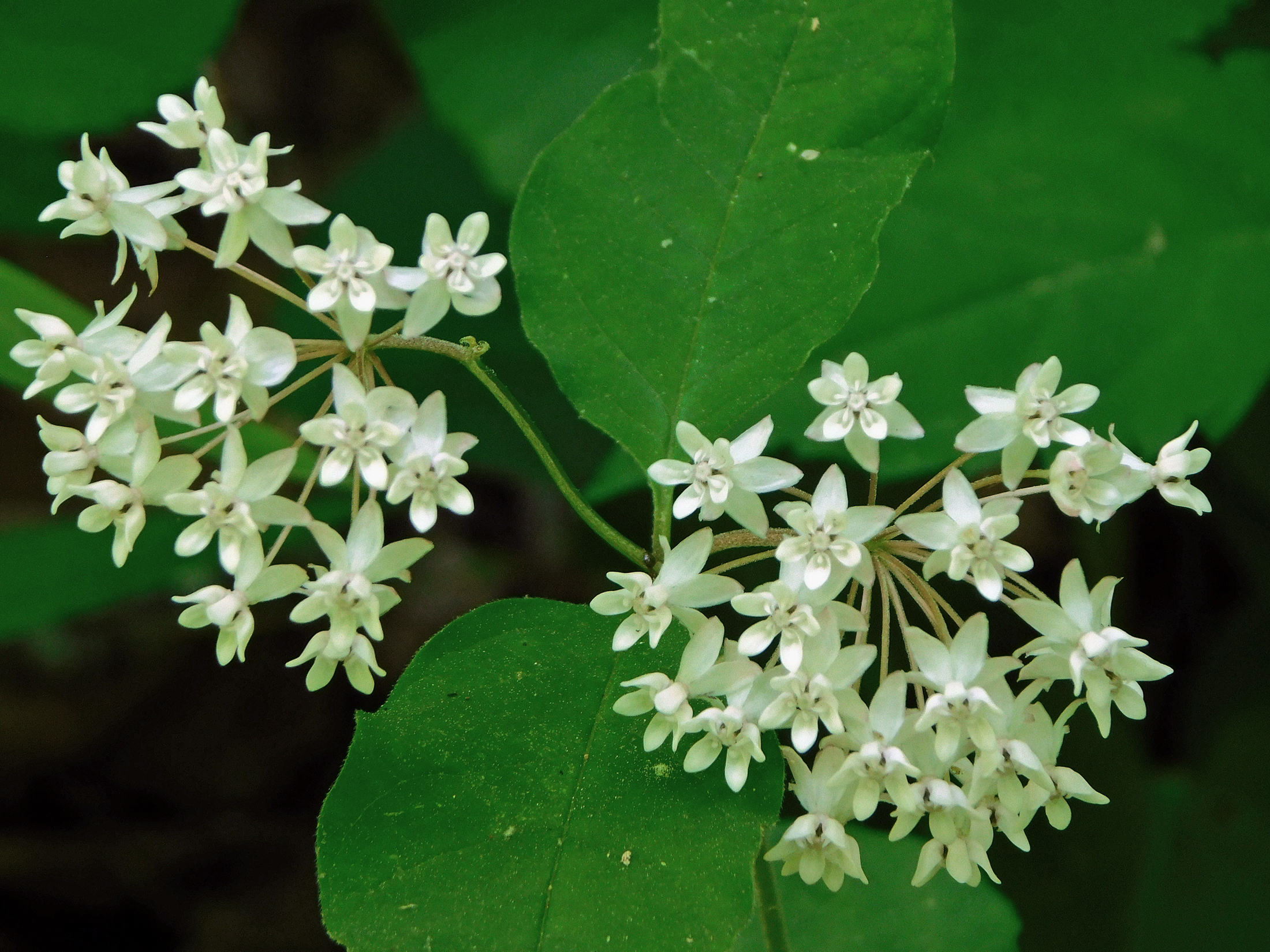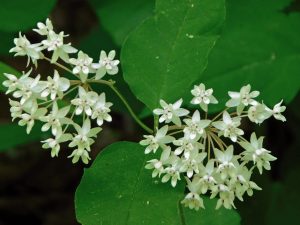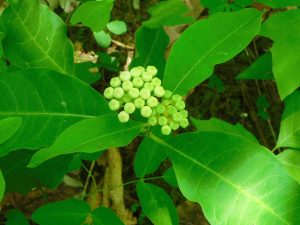
Who does not enjoy seeing butterflies? Some visitors from Europe who are visiting the national park have told me that they no longer see butterflies in their countries. About this time each year, several people come to Cades Cove to take part in monarch butterfly tagging.

The monarch’s survival depends on the milkweed plant. Monarchs weigh less than an ounce, and each year in the late winter, they migrate northward through Texas from the high-altitude forests of central Mexico. They mate and lay their eggs only on the various species of milkweed found in the U.S. and Canada. After laying their eggs, the butterfly dies.
The seeds of the 13 species of milkweeds found in Tennessee are wind-dispersed, and we’ll discuss three of them in this article.
The first milkweed we’ll cover is four-leaf milkweed, which grows from 8 to 20 inches tall and whose flowers are pink to white. It booms from May through June. In the fall, the seedpods will burst open and release hundreds of seeds on silken parachutes, which goldfinches use to line their nests. One may see these blooms on various trails, as well as on Rich Mountain Road.

The second milkweed we’ll check out is redring milkweed, which grows from 8 to 40 inches tall. Its white blooms appear in May and June. Not only are butterflies attracted to the blooms, but a wide variety of sizable flying insects are too. Another name for this milkweed is variegated milkweed. The blooms on this plant can be seen along many trails, as well as Rich Mountain Road.
The last milkweed that we will look at is common milkweed, which reaches from three to seven feet tall. Wildflower books say the blooms, which appear from June through August, are purple; however, to me, they appear to be pink in color. The plant contains a cardiac glycoside that is absorbed by monarch butterfly larvae. Because of this, monarch butterflies are toxic to birds and other predators. One source says that the root was used as a contraceptive by the native people of Quebec. Additionally, the Shawnees were said to have used the white sap to remove warts. Finally, the plant has been used to treat dysentery and asthma. The blooms of this milkweed are very fragrant. It is a real treat to drive down the gravel road in Cades Cove to the Abrams Falls trailhead with your car windows down while this plant is blooming. The plant can also be seen along the loop road and Hyatt Lane in the cove.
An interesting footnote is that it was said there was an attempt during World War II to produce rubber from the sap of milkweed; however, the project was dropped because of the time and expenses involved.
If you enjoy butterflies, perhaps you might plant some milkweed on your property. The plants need a lot of sunshine. This would be a way for you and me to contribute to nature.
Let’s take advantage of enjoying the wildflowers of the Great Smoky Mountains as much as possible in the few remaining days before the winter season.
Subscribe to get the latest posts sent to your email.
The Great Smokies Welcome Center is located on U.S. 321 in Townsend, TN, 2 miles from the west entrance to Great Smoky Mountains National Park. Visitors can get information about things to see and do in and around the national park and shop from a wide selection of books, gifts, and other Smokies merchandise. Daily, weekly, and annual parking tags for the national park are also available.